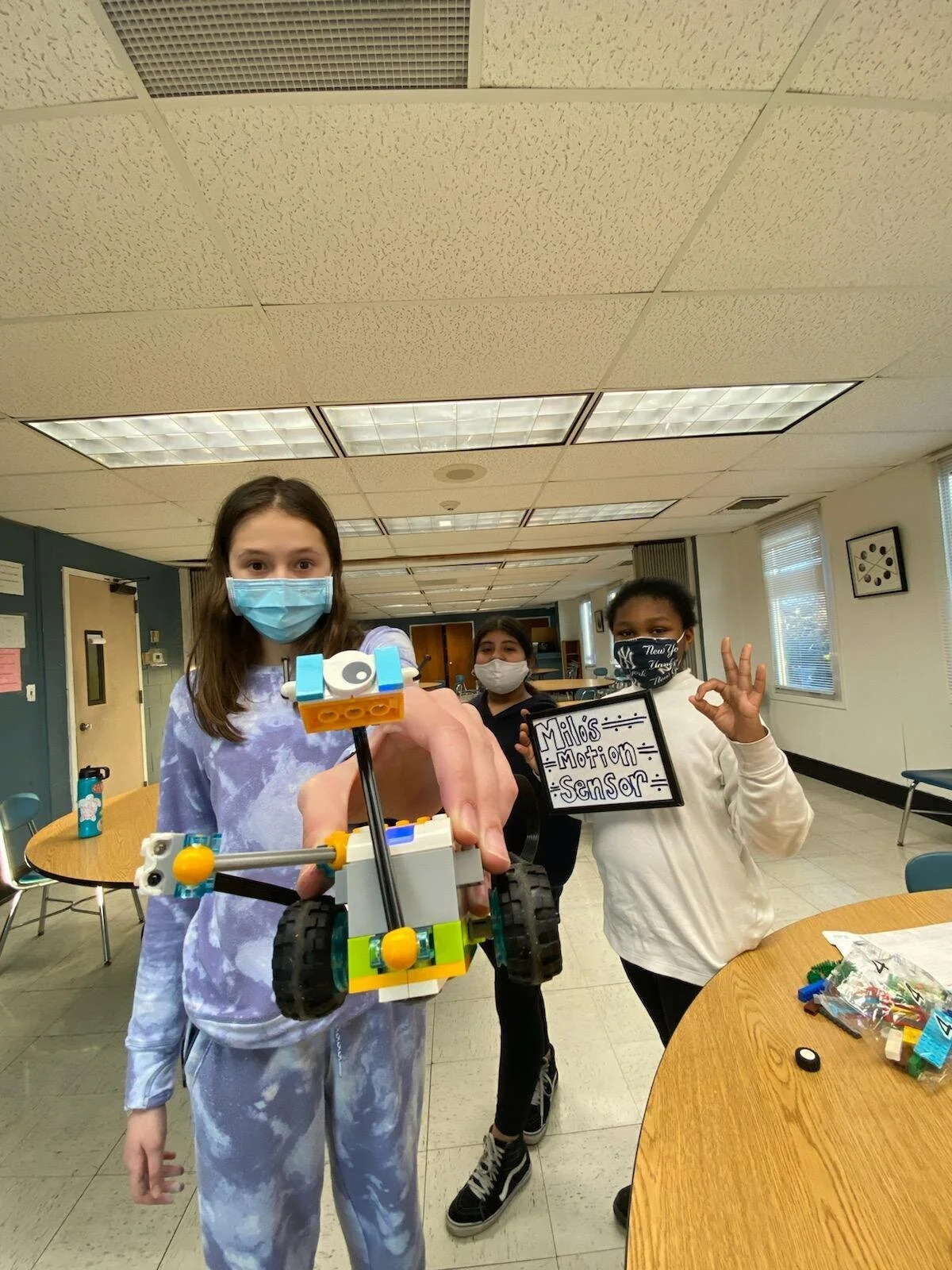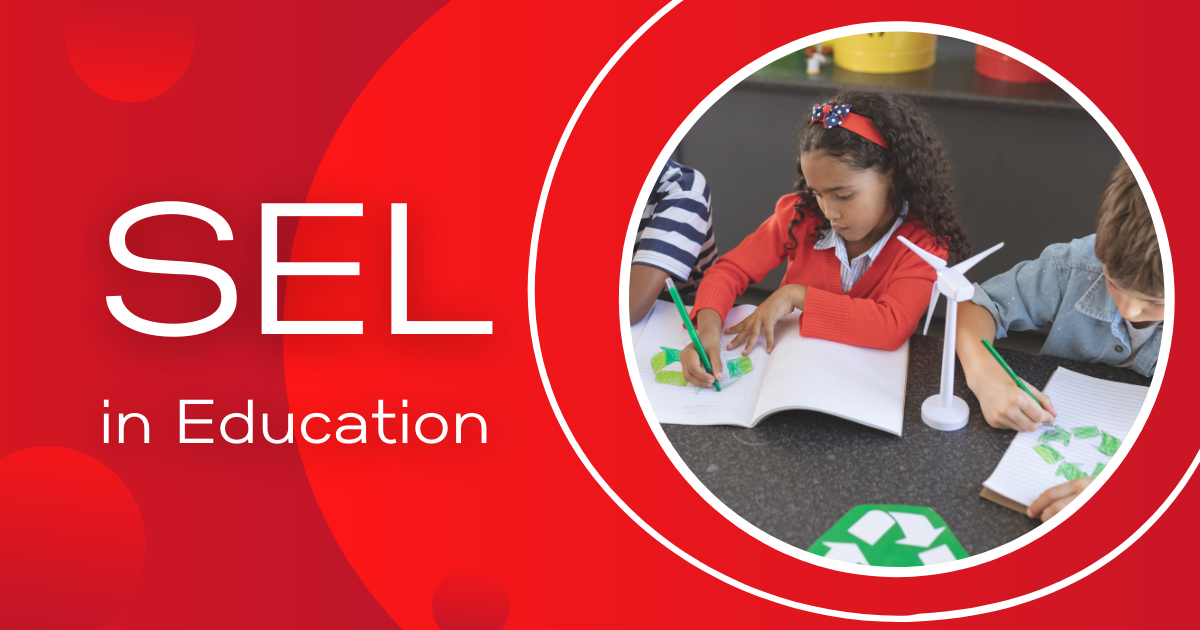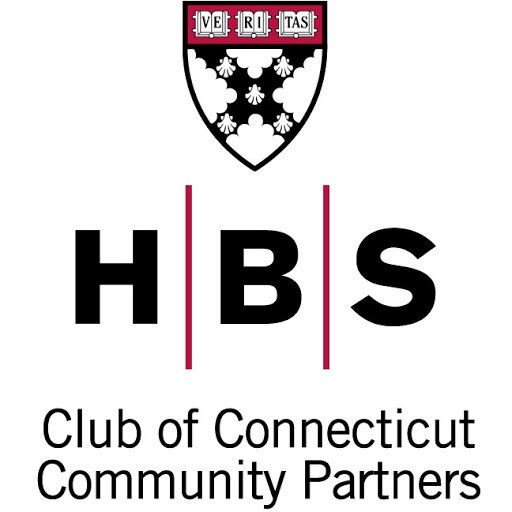COVID Update: A sort of miracle is materializing in the distance.
A sort of miracle is materializing in the distance. The pandemic siege appears to be lifting, and this time a full return to schools across the nation, while perhaps months away, is almost certainly not a mirage.
Published reports from the Centers for Disease Control suggest that the vaccines are doing their slow, steady work. Gov. Ned Lamont announced today that all public health restrictions due to the pandemic will be lifted on May 19, if improvements in vaccination rates continue.
The mask mandate will remain in place until further notice, but Lamont said at the Monday news briefing that at some point it will be up to individuals and institutions to determine if wearing masks is required.
Connecticut has been hovering for weeks at about 1,000 positive tests for COVID-19 a day. The state reached the milestone of 8,000 deaths from COVID-19 over the weekend. At the same time, the number of state residents who have been vaccinated against COVID-19 increases by about 10% each week, said the state’s chief operating officer, Josh Geballe. As of Monday, 61% of adults over the age of 18 had received at least one shot, Lamont said. At the current trajectory, we’ll be at 70% by the end of the month.
The mask mandate will likely continue in the state’s elementary, middle, and high schools through the end of the school year in June, and in crowded public places, Lamont said. But students returning to state-run colleges and universities this fall probably will not face a vaccination requirement, he said.
After COVID, we need to assess students’ abilities in a way that motivates them to be lifetime achievers.
The pandemic was a hardship, a tragedy, and may prove to be an opportunity. Our young people have lost so much—family members, connections to friends and teachers, emotional well-being, and for many, financial stability at home. And of course, they’ve lost some of their academic progress.
Maybe it’s time to consider that the emerging science of learning and our national reckoning this past year with unfairness and inequity are pointing in the same direction. Perhaps the size of the moment requires a commensurate response. We have a better sense of the tools we need to do the job, and a clearer sense of the size and nature of the problems.
It’s perfectly sensible to worry about the obvious academic setbacks during the pandemic. Ever since the first stay-at-home orders were issued, some students have been pressed into caretaking duties or forced to get jobs. The crisis first exposed, and then cruelly amplified, the inequities bound up in issues of poverty, race, disability, and isolation. Months into the pandemic, attendance and attentiveness remained a severe challenge. There’s a broad and growing consensus that online learning, in both its hybrid and purely remote forms, has been an anemic substitute for in-person instruction.
But our need to measure academic progress and loss (and Carver takes proficiency and growth measurement to the highest levels) is not as vital as the reckoning of the social, emotional, and psychological toll of the last 12 months.
We do not see Carver kids as having to come in and get tested and triaged and sent to different areas to get fixed. Our children are resilient, not broken. As long as our students feel like their job is to come to school to be fixed, their hearts won’t be in their own work. We need to avoid anchoring kids to the self-fulfilling prophecy of lower expectations. Carver connects kids to their passions and makes learning fun and hopeful.
Over a half-million Americans have died. Some kids will see their friends or favorite teachers in person for the first time in over a year. Others will be overwhelmed by the sheer joy of recess, band practice, sporting events, and the myriad academic and social passions they’ve missed. Teachers, too are desperate to see their kids, to connect, teach, elevate and love.
The consequences of getting our priorities wrong and putting the content before the child are serious and long-term. If a kid was sick at home and missed three months of math content, but got her confidence back, it wouldn’t be a big issue in her life. But if her confidence as a mathematician is destroyed because of labels that were put on her, it’s a lifelong issue for her. She’ll never be confident in math again. The pandemic happened, but our kids are just as capable and resilient as before.
Whatever we do when we return will be historic by definition. But if all we come up with is passing out diagnostic tests to quantify learning loss and then track kids into groups for remediation, it will be a terrible failure of imagination.
Trailing down the backside of a steep mountain at long last, and picking up speed as we head into a promising new year, we will use the data wisely, not to judge and rank students. We will guide our response to individual student needs—and spend our time and resources on creating an asset-based culture where everyone belongs.
As always, Carver will be focusing on the social and emotional needs of the child first—on their sense of safety, self-worth, and academic confidence.
It’s not that learning loss isn’t real, or that social and emotional initiatives alone will solve it. We face a hard reality now. Many children lost a great deal of academic growth last year. We need to know which students need extra support, including tutoring. But we also need to assess students’ abilities in a way that motivates them to grow.
To motivate students we have to address learning gaps—they need to learn math facts and build literacy skills—but do so in service to challenging work that shows them that schools, like the athletic field or their after-school lives, are a domain where they can contribute something great and achieve whatever dreams for the future that they embrace.
Carver has always depended on the generous support of its valiant volunteers!
Carver alumnus and basketball legend Jahmerikah Green-Younger goes professional!
Jahmerikah was a star basketball player for Brien McMahon High School. He and his family are longtime members of the Carver community.
We last wrote about Jahmerikah here when he was a senior guard for the Albertus Magnus College men's basketball team when he tallied his 1,000th-career point.
Today’s news is about this former Fearless Falcon signing a professional contract with the Western Massachusetts Zombies in the East Coast Basketball League.
Green-Younger played an integral part in the Falcons' line-up over his four-year tenure with the squad and became the 16th player in program history to join the 1,000th-point club his senior year. He had a breakout season during his second year on campus, averaging a team-leading 15.0 points per game behind seven 20-point performances to earn Third Team All-Conference honors in 2017-18. In that same year, Green-Younger was also named to the Great Northeast Athletic Conference (GNAC) All-Tournament Team.
Green-Younger earned First Team All-Conference honors after closing out his senior campaign with a team-leading 15.4 points-per-game average. He posted 17 double-digit efforts on the year, including a career-high 34 points against Emmanuel. The senior guard knocked down 49.6% of shots from the field, in addition to ranking third on the team in assists per game (1.7).
Currently with the Zombies, Green-Younger has appeared in three games and averaging 14.7 points per game behind a field goal and a three-point percentage of 50%. He has also recorded six rebounds, one assist, and a steal.
Putting SEL into practice through robotics
At Carver, we talk about all different kinds of STEM learning, but that’s not the only element of 21st-century education. In addition to the key STEM skills students are going to need, they’re going to need to develop strong soft skills, like communication, collaboration, listening, and more as well.
Social Emotional Learning (SEL) is known as the process through which our students can acquire and apply the knowledge, attitudes, and skills they need in order to understand and manage their emotions. Through educational efforts geared at these types of practices, we can help students learn to set and establish goals, show empathy for others, and create positive relationships in the process.
A popular way of bringing STEM and SEL together is through the active use of robotics. These educational tools tend to create invaluable collaborative learning experiences for students and help them work on their problem-solving skills at the same time. While we don’t know exactly what the workforce of the future is going to look like, we do know that technology is going to play a huge part in it. In addition to tech skills, students are going to need social and emotional skills, but, ultimately, they’re going to need to pair them.
FIRST, the international robotics community awarded Carver one of its largest international grants this past year to address inequities in access to science and technology.
Carver’s FIRST robotics program operates in nine Norwalk elementary schools and the Carver Community Center. There are six to eight third and fourth graders per team. Certified teachers and volunteer mentors assist each team. Carver after-school students have participated in FIRST Lego League competitions for many years.
The more experience kids have with robotics, coding, and computers from an early age, the more prepared for the future they will be. Robotics learning offers kids the chance to see things they create develop right before their eyes and this kind of immediate feedback brings with it a sense of authentic satisfaction.
Robotics also helps kids start to be able to recognize patterns, work together, communicate effectively (with the technology and with their peers), and build problem-solving skills. While these are the experiences that help them develop a foundation of computational thinking, they’re also very much related to their social-emotional development.
It is quite common for students to experience significant social-emotional growth through the use of robotics. This can start to materialize very early on in a child’s life -- as soon as kindergarten or first grade. Using robotics collaboratively helps kids realize the importance of simple but important concepts, like sharing and teamwork, ultimately preparing them to take the next step forward.
Like in all facets of student development, the formation of strong social and emotional skills starts with building a strong foundation. Robotics involves a lot of problem-solving and good amounts of trial and error and failure. Experiencing adversity when learning is a good way for kids to build up their resilience, which is a key social-emotional trait.
Students should start to try overcoming hiccups on their own rather than relying on assistance from others. Oftentimes, struggling to find solutions leads kids to work with their peers, which -- you guessed it -- helps them develop their communication skills at the same time they’re working on their problem-solving skills. In an ideal world, this troubleshooting and communication will lead to favorable results for students. It is then that they are truly able to recognize their SEL development thanks to the experiences they’ve gone through and the bumps in the road they faced and overcame.
Harvard Business School Club of CT Community Partners continues to support Carver
HBS alumni participate in volunteer efforts to promote excellence in nonprofit leadership in Connecticut through pro bono consulting, education, grant awards, and related initiatives. They have repeatedly chosen to work with Carver through the years.
Since Community Partners’ formation in 2004, over 275 volunteers have worked on projects with over 175 CT nonprofit organizations, touching the lives of tens of thousands of people throughout CT.
This past year, as described in their 2020 Annual Report, Community Partners built a financial model to assess the value that Carver creates by comparing Carver students’ six-year graduation rates at four-year colleges with their Norwalk Public Schools and national peers.
The team’s methodology included a measure of the net economic value per student. From 2010-2020, 85% of Carver students graduated with a Baccalaureate degree in six years. Nationally, just 11 percent of students from the lowest-income quartile earn bachelor’s degrees within six years (the commonly used indicator of college success), compared with 58 percent of students who come from the highest-income group, according to the Pell Institute. Since 2005, 100% of Carver seniors have graduated high school on time; 100% of Carver seniors enrolled in college immediately following graduation in 2019 and 2020.
In addition to working with Community Partners on a number of consulting projects over time, Community Partners awarded Novelette Peterkin several years ago its annual scholarship to attend the HBS Strategic Perspectives in Nonprofit Management (SPNM) summer program, an intense, one-week session at Harvard taught by HBS faculty. Over 150 nonprofit leaders from around the world, representing a wide range of nonprofit sectors, made up the student body.
Thank you, Harvard Business School Club of CT Community Partners!
Covid vaccinations for Norwalk high school juniors & seniors ages 16+!
NPS and Community Health Center are offering Covid vaccinations to high school juniors & seniors ages 16+. Registration through your school is required. Transportation is available for students.
American Job Center Career Coach offers NPS students a virtual seminar
The American Job Center Career Coach is back with another fantastic virtual seminar. Get the tools to create a great resume that will help you stand out from the pack.
NPS wins national recognition for the second consecutive year for music education!
For the second year in a row Norwalk Public Schools has been recognized for its commitment to providing all students a quality music education #artsednorwalk.
As states face budget shortfalls due to the recession created by the COVID-19 pandemic, lawmakers must be reminded of the importance of fully funding public education to support all students and their right to a well-rounded education including music and the arts. Having states commit adequate funding for public education will be the first step toward maintaining, rebuilding and growing arts programs to reach more students in the 2021-2022 school year and beyond.
The general public, NAMM members and their school/parent networks are encouraged to reach out to state legislators using the templated letter tool below to urge that they fully fund public education for next school year.
To learn about ways to connect with and support music and arts education in your own school district, please visit the Arts ARE Education campaign website for school board resolution, advocate pledge, tools and more.















